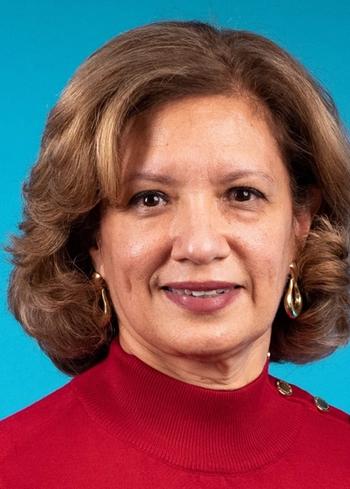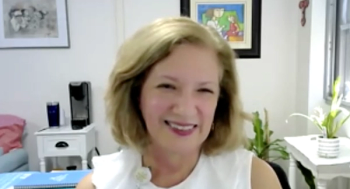
Tazemetostat Active in Rare Pediatric Solid Tumors
Children with relapsed or refractory INI1-deficient malignant rhabdoid tumors, epithelioid sarcomas, or poorly differentiated chordomas tolerated treatment with the investigational drug tazemetostat well, including several responses.
Children with relapsed or refractory INI1-deficient malignant rhabdoid tumors, epithelioid sarcomas, or poorly differentiated chordomas tolerated treatment with the investigational drug tazemetostat well, with several patients experiencing responses, according to interim results of a phase I study presented at the AACR-NCI-EORTC International Conference on Molecular Targets and Cancer Therapeutics, held October 26–30 in Philadelphia.
According to Susan N. Chi, MD, director of the Pediatric Brain Tumor Clinical Trials Program and assistant professor in the department of pediatric neuro-oncology at the Dana-Farber Cancer Institute and Boston Children’s Hospital, these tumors are typically rapidly progressing and afflict children of the youngest ages, even in infancy. They are historically associated with very poor overall survival.
The defining molecular feature of these tumors is the absence of tumor expression of INI-1. INI-1 gene mutations lead to deficiencies in DNA transcription and cell proliferation, so cancer cells use an alternate pathway to enable uncontrolled cell proliferation. The protein EZH2 is a component of this alternate pathway.
Tazemetostat inhibits EZH2 and has demonstrated activity in INI1-negative preclinical tumor models, and durable responses in adults with certain INI1-negative epithelioid sarcomas or chordoma.
Chi and colleagues enrolled 46 patients aged 6 months to 21 years treated at one of seven dose levels (240, 300, 400, 520, 700, 900, and 1,200 mg/m2 twice daily). The median patient age was 3. The majority of patients had atypical teratoid rhabdoid tumors or malignant rhabdoid tumors.
“Tazemetostat as a single agent was generally well tolerated in children and showed promising antitumor activity in three tumors types,” Chi said.
To date, three patients, one with poorly differentiated chordoma, one with epithelioid sarcoma, and one with atypical teratoid rhabdoid tumors, had complete responses. One additional patient with poorly differentiated chordoma had a partial response. Responses occurred at dose levels ranging from 520 to 900 mg/m2.
The responses were durable with complete responses lasting 20 weeks, greater than 24 weeks, and greater than 40 weeks. The partial response has also lasted longer than 24 weeks. All responders remain on therapy.
According to Chi, the adverse events were mild to moderate and consistent with the safety profile observed in adults taking this drug.
There was one dose-limiting toxicity at 300 mg/m2, a grade 4 hypoxia and a grade 3 dyspnea. Treatment-related adverse events were not dose or time dependent, with the exception of asymptomatic hyperchloremia, Chi said.
The study has identified 1,200 mg/m2 tazemetostat given twice daily as the dose to go forward with the dose-expansion cohorts.
“We are encouraged by our findings that we may now have a novel agent that can be used to treat some of these very difficult-to-treat childhood cancers,” Chi said. “For the rarest of tumors, especially in pediatrics, where specific and singular mutations may be the driving trigger, advances in the treatment of these tumors may offer insight to other more common tumor types potentially in children or adults or both,” she added. The trial is currently in its dose-expansion phase.
Newsletter
Stay up to date on recent advances in the multidisciplinary approach to cancer.

















































































